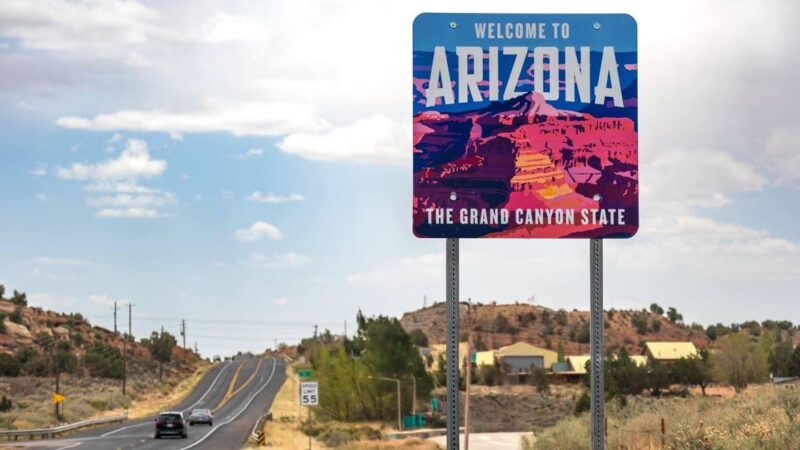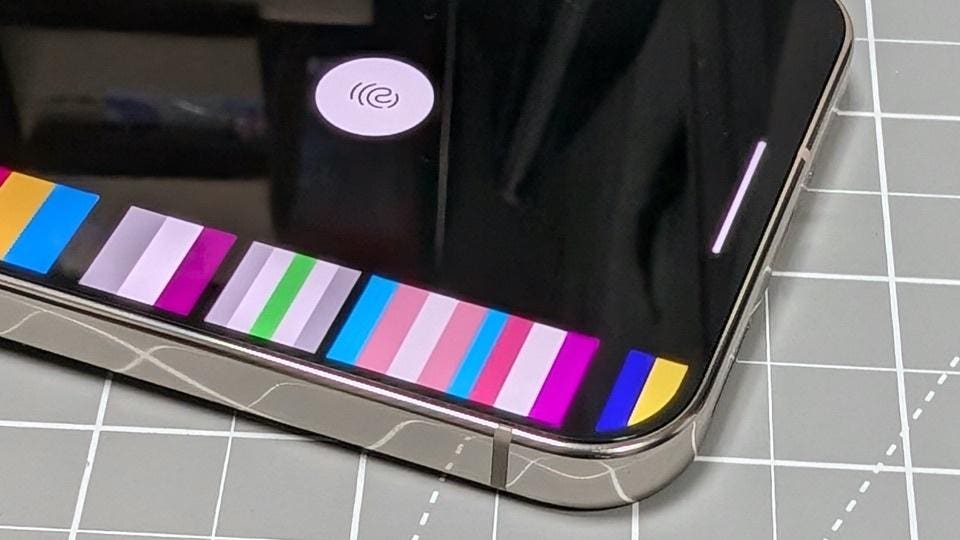Focusing on something other than driving increases crash risk.
Insurance Institute for Highway Safety
The impact of Arizona’s law making it illegal to hold a cellphone while driving is mixed. Handheld conversations decreased by about 26% after the ban went into effect, but drivers didn’t stop other manual cellphone behaviors, like scrolling, swiping, or typing.
Those are the main findings of a new study released on Thursday from the Insurance Institute for Highway Safety, a nonprofit financed by the insurance industry.
“The fact that drivers continued to type and scroll in the wake of a law that made it illegal even to hold the device shows how hard it’s going to be to stop this behavior,” Ian Reagan, senior research scientist at the Insurance Institute and lead author of the study, said in a statement. “Sustained, high-visibility enforcement efforts are likely needed to make drivers take the new law seriously.”
For the study, “Evaluation of Arizona’s statewide handheld cellphone ban using roadside observation and telematics data,” researchers analyzed roadside observation data and telematics data compiled anonymously from insurance companies’ safe-driving apps from before and after the law went into effect.
Focusing on something other than driving increases crash risk, and the more demanding the secondary task and the longer the driver’s eyes are away from the road, the greater the danger becomes, researchers said.
In 2023, distracted driving claimed some 3,275 lives, and “texting is the most alarming distraction,” according to the National Highway Traffic Safety Administration. Sending or reading a text when behind the wheels takes the driver’s eyes off the road for about 5 seconds, the federal agency noted, adding that “at 55 mph, that’s like driving the length of an entire football field with your eyes closed.
The roadside observers recorded the percentage of drivers they saw holding a phone, manipulating a phone or holding a phone to their ear at specific locations. The telematics data recorded all cases when drivers were making handheld calls and manipulating their phones.
Both the roadside observations and telematics data showed declines in handheld calls, but the telematics data showed larger reductions. Small declines of other cellphone actions were indicated during roadside observations, however, telematics data showed slight increases.
Several factors may have influenced the outcomes of the analysis, researchers said. The Arizona ban was enacted in 2019 and went into effect during the COVID-19 pandemic, when police enforcement fell nationwide. In addition, some pre-existing local ordinances may have influenced results. For example, roadside observation data indicated reductions in handheld calls in two jurisdictions that did not have prior handheld calling bans, but in another jurisdiction that already had handheld calling and texting bans before the state law, there were no reductions.
To address the issue, researchers recommend improving both public awareness campaigns and enforcement initiatives similar to the “Click It or Ticket” program that was influential in improving seat belt use.
The results of the study “are a bit of a reality check,” David Harkey, the Insurance Institute’s president, said in a statement. “Efforts to reduce speeding, impaired driving and other kinds of risky behaviors show that laws are more effective when drivers know there’s a strong possibility that they’ll be penalized,”
“‘No holding’ laws are a positive step,” he added, “but it will take more than better worded legislation alone to combat cellphone distraction.”
For more information and to read the full report, click here.









